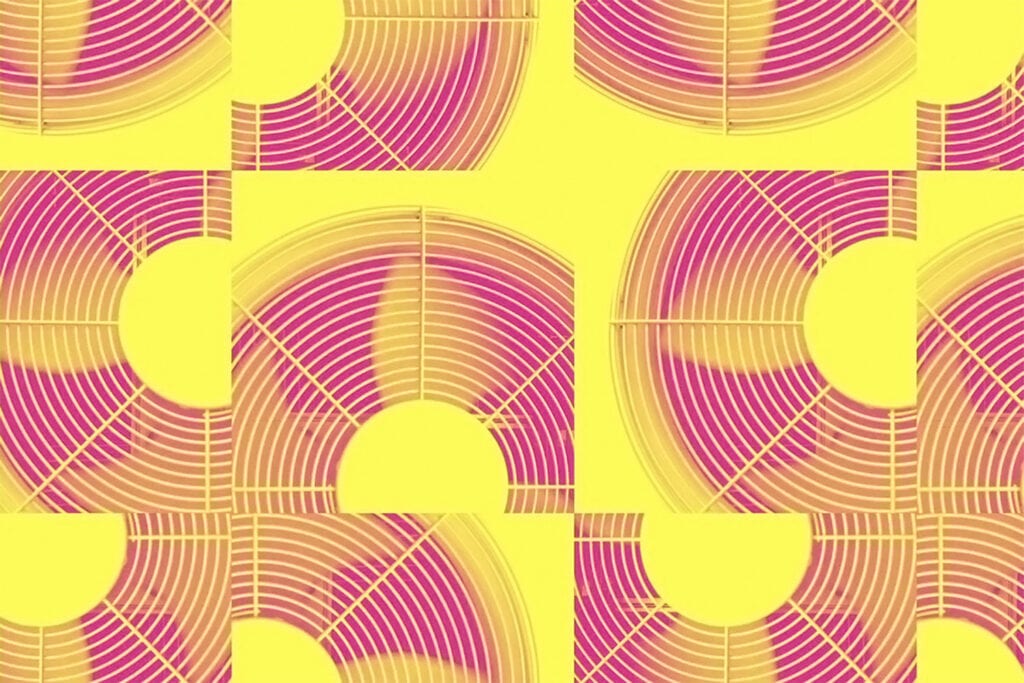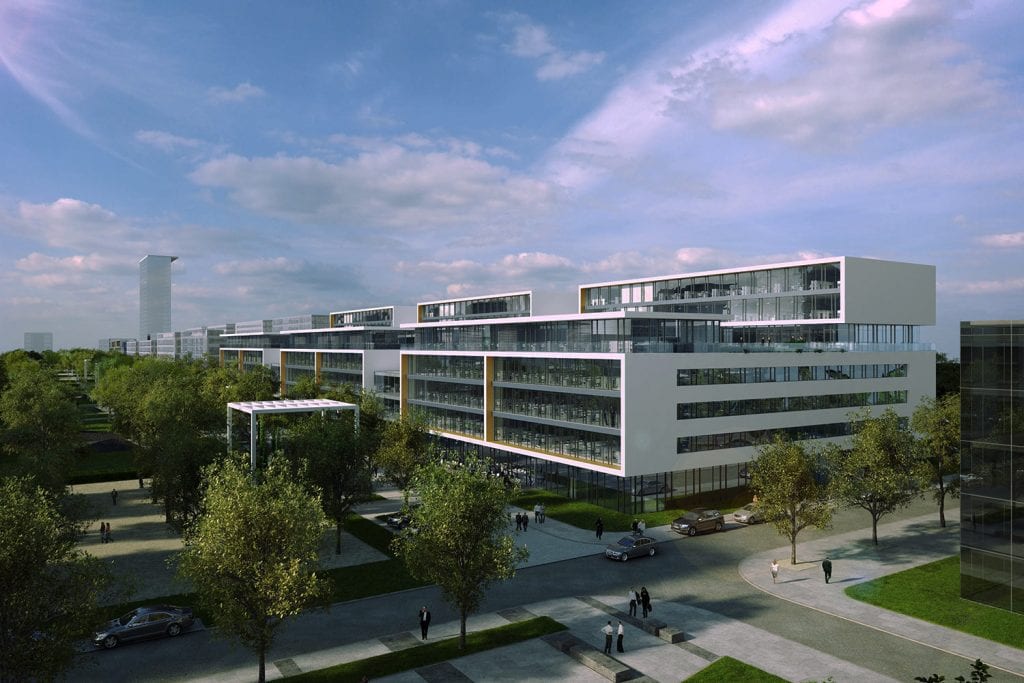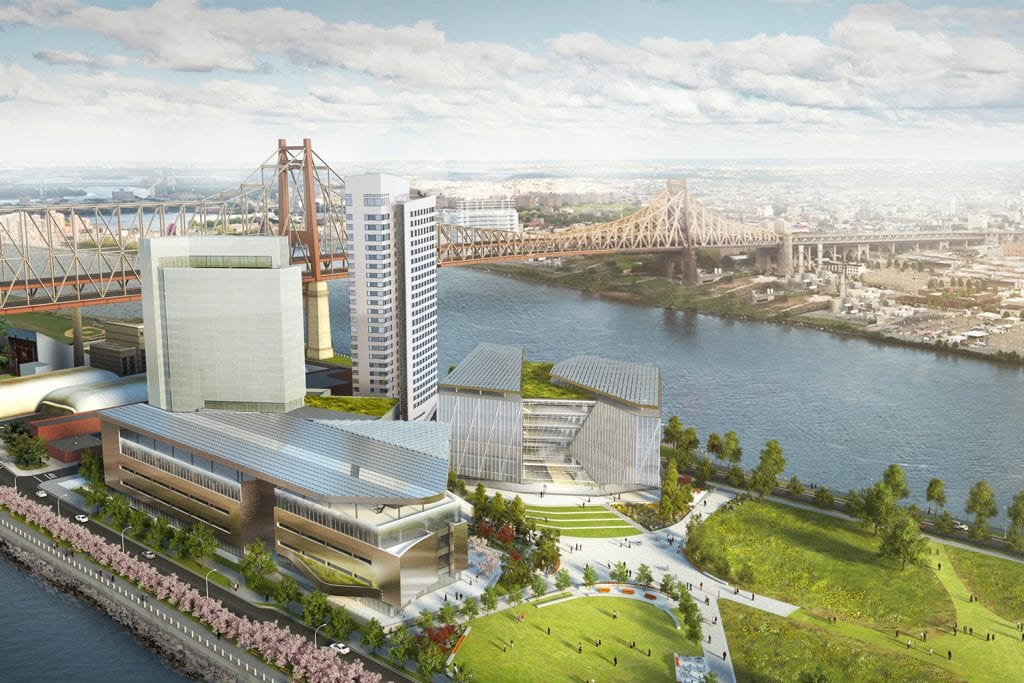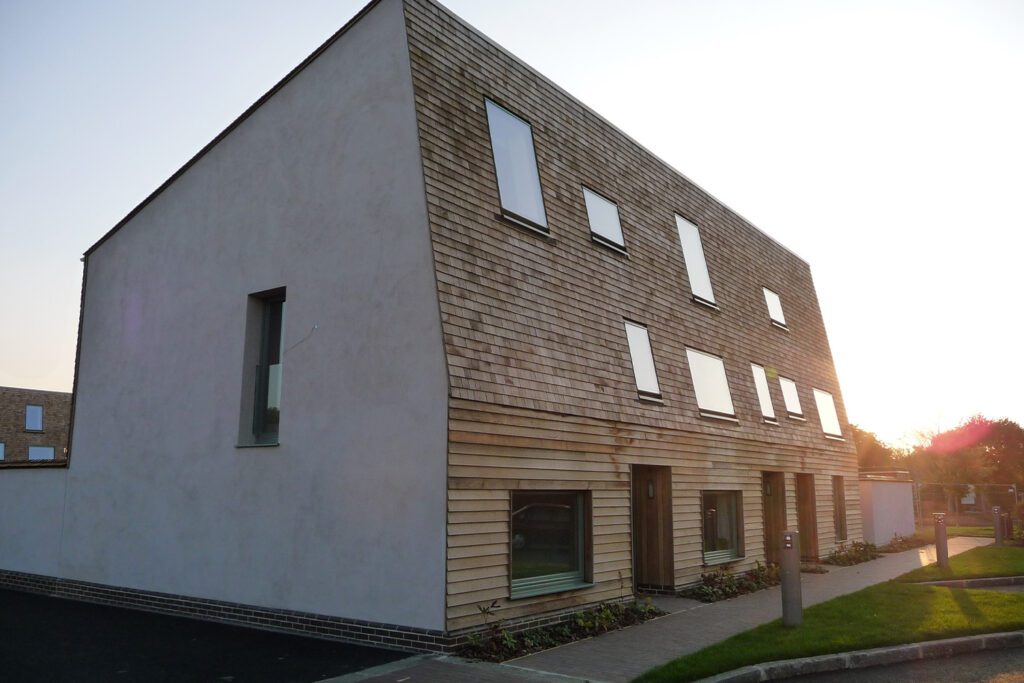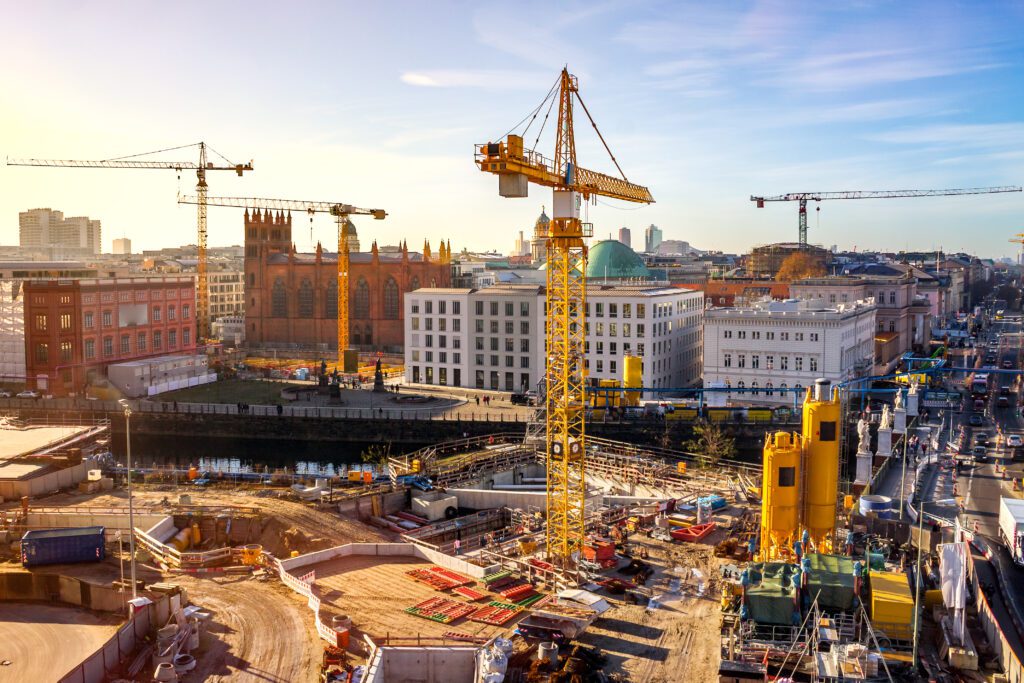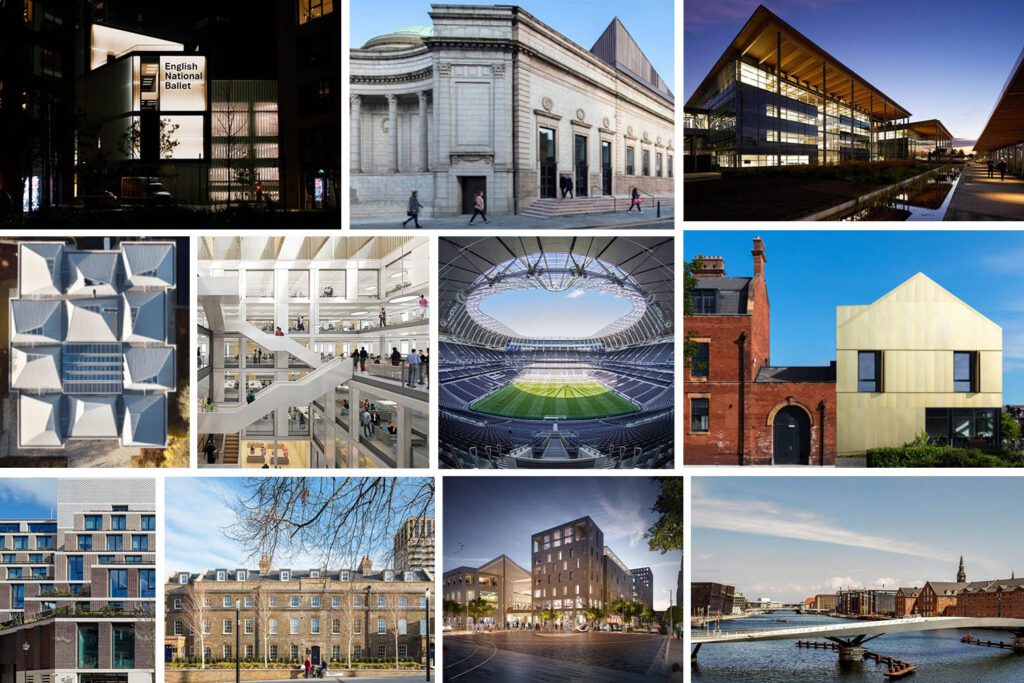Gamifying energy performance in buildings
With the climate and biodiversity crisis looming large, how do we encourage people to adopt sustainably minded habits like saving energy?
Perhaps, the answer lies in prioritising the behavioural psychology of the end-user. Human nature is competitive – it’s engrained in our psychology and solidified throughout human history. Sustainable morality by comparison is a nano second in human history and therefore a weaker psychological motivator.
So, how can I convince you to save energy? It’s not about telling you that you consume too much, instead, it’s about telling you that I’m saving more energy than you!
To mitigate climate change, we need to tackle our energy consumption habits. By changing our behaviour, we can significantly reduce energy demand and the environmental impact on the planet. Emotive communication is key to driving and maintaining this positive action.

Let’s take the example of a multi-tenanted office…
Most buildings now measure the energy demand of a tenanted area through physical and virtual meters. This is for the purpose of billing the tenant for their consumption. However, we shouldn’t confine data for just one use case when there are many more. Another use case is how we gamify energy performance.
It’s a simple solution. A landlord takes each tenants kWh/m2 and puts it into a league table, and then presents the results to each tenant with emotive messaging and visual icons.

When we present data in this way, we pull on stronger psychological and emotional cords. We see better results because we’re competitive-social animals and we want to be part of a team. These human traits are learned behaviours, and so we can reinforce them to instigate positive environmental and social change.
This is much more impactful than expecting behavioural change when we present energy performance data in kWh, £, CO2 savings or trend graphics. For the majority, this information is meaningless and therefore low on the priority list. Even when we benchmark results against the optimal, typical or suboptimal within a specific context, it still rarely results in a change of behaviour.
Trying to change behaviour is difficult, but leveraging previously learned behaviour is easy. Once this behaviour is self-learned, it becomes habitual – ask anyone that exercises each day!
Five tips to gamify your energy performance
- Messaging: it needs to be simple and emotive. Reporting kWh and/or trends of kWh, even if benchmarked in layman terms, rarely has an impact on energy consumption behaviour. Change is a team effort. You need to reach everyone in order to have the greatest impact. You won’t pull on everyone’s emotive strings, but the bigger the reach, the bigger the change. Create a “team sport” culture.
- Frequency: this isn’t about force feeding the message. Think about where, when and how the message is communicated. Company Intranet, digital communications, social media, office dashboards, building apps, digital thermostats etc.
- Incentivise: consider recognising success and introducing reward schemes to help build a winning team.
- Support: be an active supported of the game. Organisations and landlords can provide simple user guides, hints, tips and tricks for reducing energy consumption and winning the game.
- Interest: keep it engaging as maintaining energy performance isn’t a finite game. Yes, there can be winners each month or year, but the habits should become common place. So, keep it fun, mix up the rules, try adding new measures of success, but always keep a level playing field. At the end of the day, everyone who participates is winning the fight against climate change!
Be prepared to adjust your strategy according to feedback. A combination of approaches might be required to optimise the game.
Gamification is not just for multi-tenanted buildings. It can be applied to building departments, teams, campus buildings and apartments. The benefits can even stretch to utility and network operators who need to curb peak demand against increasing but less controllable renewable energy generation.
The gamification of energy performance is just one tool in our armoury of smart solutions to realise a more sustainable future. We believe adopting a broad set of measures is key to achieving holistic building performance, from user experience and operational efficiency, to improved health and wellbeing, we help our clients turn the dial on building performance.
For more information, get in touch with our smart building and building performance experts.

